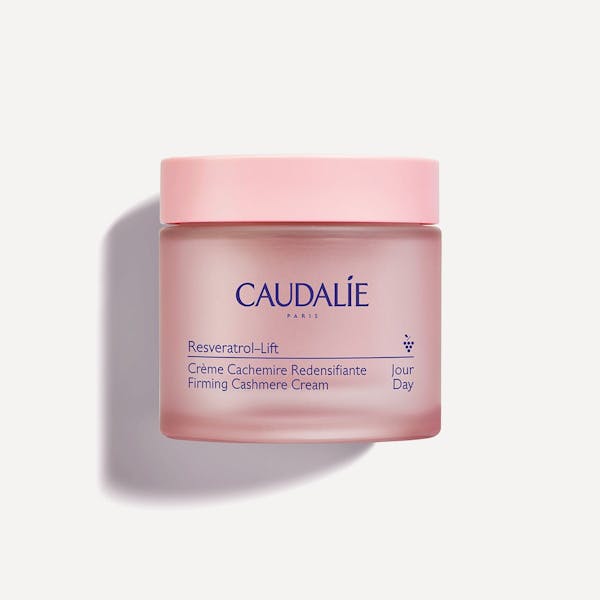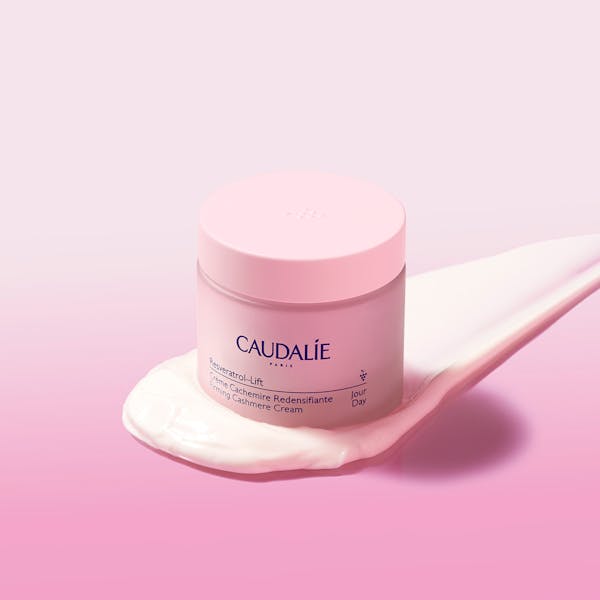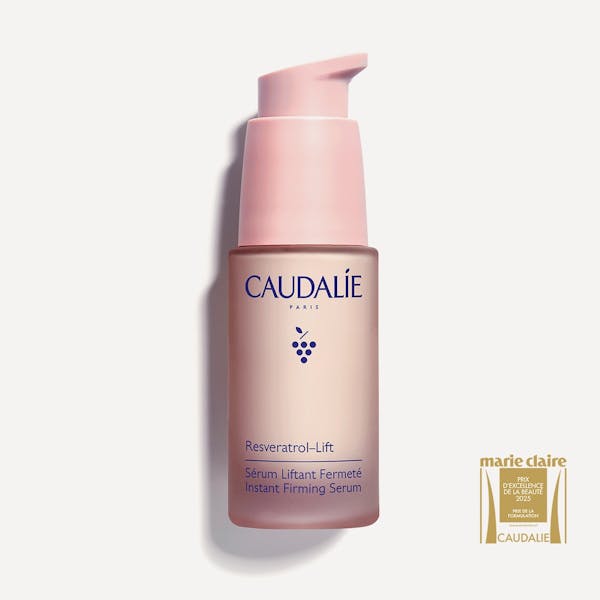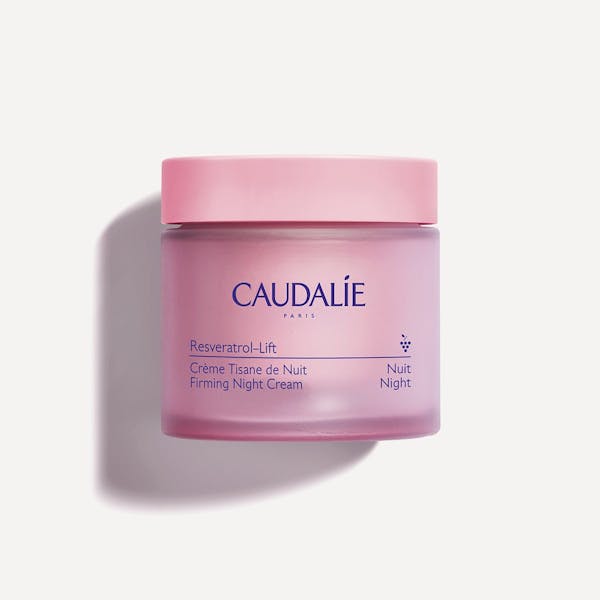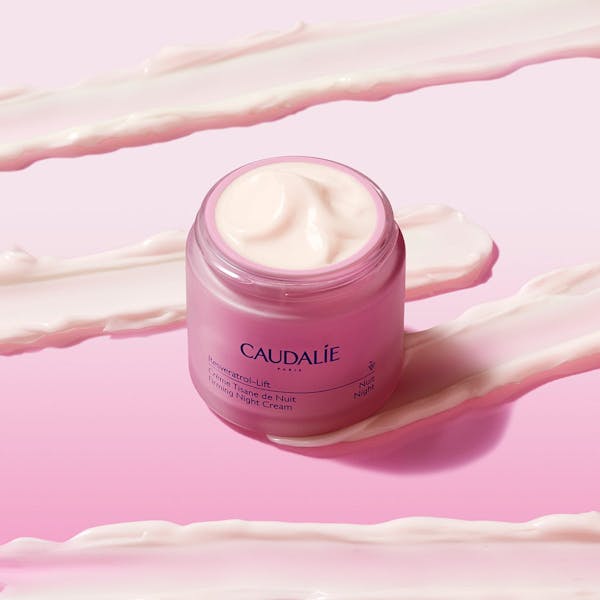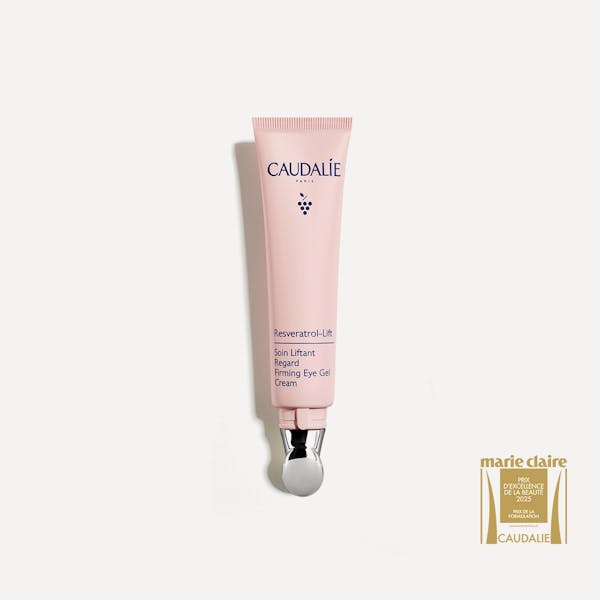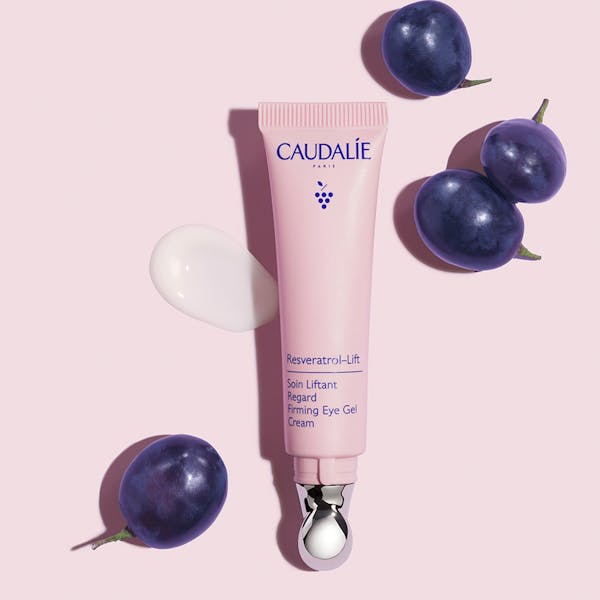Retinol and retinoid are common skincare terms that sound the same, but do they mean the same thing? You will come across these terms several times in the beauty world. One common thing about them is that they both contain anti-ageing ingredients. So, when deciding between retinol vs retinoid, it’s good to understand that they’re both forms of vitamin A. Retinol is a type of retinoid known for its powerful anti-ageing results. This article outlines more about retinol vs retinoid and how the two ingredients help in skincare.
Summary
Understanding Retinol
Understanding Retinoid
Key Differences: Retinol vs Retinoid
Choosing the Right Option
How to Use Retinol and Retinoid
Discover the Resveratrol Collection 3X More Effective than Retinol
Understanding Retinol
Definition and Origin
Retinol is a form of Vitamin A found in mammalian foods in the form of retinyl ester. It also originates from fruits and vegetables in the form of carotenoids.
As an ingredient, retinol is added to various skincare products such as creams and lotions. Its anti-ageing abilities make it an essential skincare drug mostly sold over the counter. You can also find stronger concentrations over the counter. Apart from being an anti-ageing product, retinol is also used to fight acne.
Benefits of Retinol
Retinol is a very effective anti-ageing and acne-clearing product. The product works by increasing the elasticity of the skin to reduce wrinkles.
Retinol stimulates skin turnover to produce its exfoliation effects. It also slows the production of melanin to reduce acne spots. To control acne, retinol also reduces inflammation and prevents skin pores from clogging.
The highlights offered by retinol as a skincare ingredient include the following:
Smoothing out fine lines and wrinkles to fight ageing signs
Exfoliating to reduce dull skin
Minimise breakouts
Reduce hyperpigmentation, sun spots, and ageing spots
How Retinol Works?
Unlike other anti-ageing skincare that work by reducing dead skin cells, retinol works differently. Retinol skin molecules go deep within the epidermis to the dermis. Once inside, it neutralises free radicals to produce elastin and collagen. It then creates a plumping effect that reduces fine lines, wrinkles, and pores.
Retinol also encourages cell turnover to help reduce spots and other acne scarring. Prescription retinol helps target inflammation and bacteria to reduce spots.
Understanding Retinoid
Definition and Types
Retinoid is a compound term that refers to a range of skincare derived from Vitamin A. It has a chemical structure that resembles Vitamin A. Retinoid is available in both natural and artificial forms with different categories such as retinol, retinyl esters, retinoic acid, and retinaldehyde.
Retinoid is available in mild forms, such as adapalene, found over the counter for treating acne. More potent forms such as tretinoin, tazarotene, and trifarotene are also used for acne treatment but only found on prescription.
Retinol and retinoids are both powerful skincare ingredients, but when it comes to targeting forehead wrinkles, retinoids tend to offer faster, more potent results.
Benefits of Retinoids
Retinoid is an anti-ageing product that works by reducing wrinkles through the production of collagen. They also help in the production of new blood cells to help improve skin colour. Additional benefits of retinoids include reducing spots and softening rough skin patches. Its cell turnover and regeneration effects are essential for improving the look of the skin.
How Retinoids Work?
Retinoid is highly effective in reducing the appearance of wrinkles and improving skin elasticity and collagen production. It works by stimulating surface skin cells to turn over and die. Once the cells die, they give way for new ones to form.
Retinol hampers the breakdown of collagen and thickens the skin layer. They also work on brown spots that cause uneven skin tone by curbing the overproduction of melanin.
Key Differences: Retinol vs Retinoid
| Key Differences | Retinol | Retinoid |
|---|---|---|
| Chemical Composition | Retinol is available in the form of alcohol. It takes time to convert retinol to acid form and cannot convert 100%. | Retinoids are available in acid forms. Retinoid ingredients are already acidic, hence more effective than retinol. |
| Potency | Retinol is less potent compared to retinoid. Its potency is only half of that of retinoid. | Forms of retinoids such as tretinoin are 20 times more potent than retinol. 0.025% concentration of tretinoin is equivalent to 0.5% of retinol. |
| Over-the-Counter vs. Prescription | Retinol is available over the counter in combination with other ingredients to help moisturise the skin and reduce irritation. | Retinoids contain high concentrations of ingredients prepared in the laboratory. As a result, they are only available on prescription. |
| Side Effects | When you just start using retinol, you may experience redness, irritation, and burning. It’s good to start slow to minimise the side effects. | High concentrations of retinoids can cause skin irritation due to their high acidity. Use under prescription to avoid the side effects. |
| Effectiveness | 1% concentration of retinol is effective for wrinkle reduction. It helps keep the skin smooth and firm when used continuously. | Retinoid produces superior collagen production cell regeneration, revealing brighter skin. It works in only 3 to 6 months to produce the desired results. |
Choosing the Right Option
Skin Type Considerations
Choosing retinol vs retinoid will depend on your skin type and sensitivity level. If you have very sensitive and dry skin, you should start with retinol. Over-the-counter retinol is more skin-tolerant than retinoids.
If you have oily skin and have used retinoids before, your skin can tolerate retinoid products. You can confidently use prescription retinoids as your skin can tolerate them without undesirable side effects.
Consultation with a Dermatologist
If you’ve never used either retinoids or retinol and are not sure about your skin type, consult with a dermatologist. Your dermatologist will help assess your skin type and determine if you can tolerate the skincare products. Depending on your skin type and the severity of your condition, you may look at retinol vs retinoid to recommend the perfect one.
Combination Approaches
Retinol vs retinoid may have different potency levels and effectiveness, but they both produce almost the same results. While they sometimes work well when used individually, the combination of the two can give even better results.
Since retinoid is more effective with high potency, you can use it on most of your face, then use retinol in more sensitive areas such as under the eyes and around the lips. With this, you can achieve the desired results without the side effects.
Also, combining hyaluronic acid and retinol can offer enhanced skin benefits, balancing powerful anti-aging effects with essential hydration.
How to Use Retinol and Retinoid
Application Tips
When choosing retinol vs retinoid, you must understand that these skincare can cause irritation and burning. It’s recommended that you start slowly and increase gradually as your skin gets used to them.
If you have fair to light skin, start applying after every third night. If your skin doesn’t react after two weeks, increase usage to every other night.
If you have medium to dark skin, start by using retinoids once every week. If the skin tolerates the skincare, you can increase application to twice every week. If your skin reacts well after a month, you can increase the application to every day.
Skincare Routine Integration
Since sunlight tends to degrade retinoic acid, the best time to use retinoids and achieve good results is to incorporate them into your night skincare routine. But if you’re faithful to your SPF use every morning, use a low concentration of low-concentration retinol or retinoic ester during the day.
You can also use them in combination with your other skincare products, such as serum and cream. For instance, if you’re using retinol serum, you can use it under your regular moisturiser. For prescription-strength retinoid cream, apply after washing your face and before using any skincare products.
Discover the Resveratrol Collection
To help you achieve even quicker results with retinol, Caudalie's Resveratrol-Lift Collection. Using this anti-wrinkle product, you can reduce the annoying under-eye wrinkles in less than three weeks. Resveratrol-Lift’s anti-ageing action is three times more effective than retinol.
Dr David Sinclair made this product highly effective using a combination of resveratrol, hyaluronic acid, and vegan collagen booster*.
Caudalie’s Resveratrol-Lift is a vegan collagen made from plant-based ingredients. It’s also environmentally friendly thanks to its recycled packageing. For some products, you can buy a refill and take part in its 80% less packageing goal.
You can follow this Caudalie Resveratrol-lift routine to achieve your desired anti-ageing results.
Skin firming: Wrinkles are more visible when the skin is dry and loose. Use this anti wrinkle alternative retinol serum to fight wrinkles by smoothing the oval of the face and giving you a firmer appearance. The synergy of ingredients offers 3× greater efficacy than retinol**.
Under eye correction: Under eyes tend to wrinkle faster due to fatigue. You can reduce the dark circles and puffiness to achieve smoother eyelids with the firming eye cream.
Wrinkle correction: Don’t let wrinkles make your skin appear older than it actually is. This anti wrinkle vegan collagen cream smoothens and nourishes the skin in just one step. Combine this cream with a sunscreen for face for more effective anti-wrinkle action.
Night routine: When you sleep at night, your skin gets time to heal itself and appear healthier in the morning. The anti wrinkle night cream works on your wrinkles overnight to give you smoother and firmer skin.
You can never go wrong with Caudalie skincare if you want to achieve a smooth, young, and spotless skin tone. All our skincare products are made from clean, natural, and eco-friendly. They are free from animal products, sulfate, or paraben. So, to achieve your beautiful look and still care for the environment, choose Caudalie skincare.
There’s no big difference between retinol vs retinoid. They both work well in collagen production and cell regeneration to give you smooth and wrinkle-free skin. However, these skincare products have a different chemical composition that affects how you should use them on the skin. Retinol is effective, but only when used continuously. Many retinol skincare products are available over the counter. Retinoid is highly acidic and has high potency. You can achieve results in only three to six months when using retinoids. The skincare products are available on prescription and come with strict usage instructions to avoid negative side effects.
Caudalie's Resveratrol-Lift Collection ensures you benefit from both retinol and retinoid incorporated in their skincare products. You can use firming creams, anti-wrinkle serums, or under-eye correction creams from Caudalie to achieve smooth and youthful skin within a short period.
*Patent Caudalie x Harvard University N°4167935
**Ex vivo test on the combination of ingredients, on the thickness of collagen fibers at serum concentration.
LATEST BEAUTY NEWS
- Personal data & Cookies
- T&C
- Legal Note
- Loyalty Program
- MYCAUDALIE terms
© Caudalie Copyright
